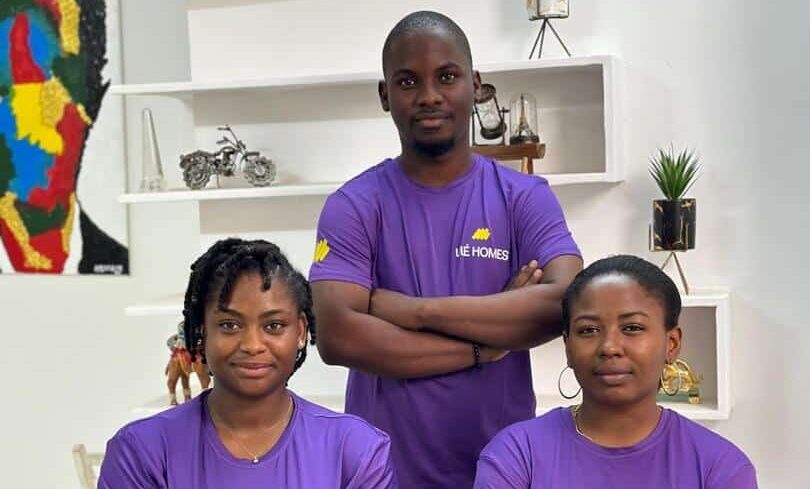Two weeks ago, HeyGen, an AI video generation tool, released its V3.0. Since its launch over four years ago, the platform has evolved significantly.
Earlier versions as recent as January 2023 had only a few avatars, which appeared more robotic. Now, the tool boasts a wider range of avatars, offering different poses, multiple voices, and various camera angles.
Users can create digital clones of real people, provided they have consent. The process is fairly straightforward: the subject films a short training video (about 2-5 minutes), and the platform generates their lifelike digital twin. There’s also a public library of avatars available for use.
The latest version has received glowing reviews from YouTube tech critics, with many praising its ultra-realistic avatars and video capabilities.
The avatars’ natural facial expressions and ability to convey dynamic tones and emotions in their voices have been highlighted as particularly impressive.
With four subscription tiers, including a free plan that grants access to a single avatar, creators can get started with ease. And for $69 per month, users can make 30-minute videos using at least three avatars, while the Enterprise plan offers even more flexibility.
HeyGen’s video generation process is simple. You can write a script using tools like ChatGPT or upload a pre-recorded script or audio.
Editing is intuitive — scene by scene — allowing users to add different camera angles for the avatars. This level of customisation makes the platform ideal for busy professionals who need to appear in multiple videos without constantly filming new footage.
A few minutes of recording can provide material for numerous videos, allowing talent to scale their content production effortlessly.
Alternatives to HeyGen like Synthesia, Pictory AI, and VEED.IO offer similar features for individuals and businesses seeking AI-powered professional video creation, with varying levels of customisation and pricing.
Synthesia, for example, has undergone two upgrades that allow users to create full-body avatars with near-accurate lip-syncing and facial expressions, and it supports language translations.
Video AI in HR
AI video generation tools like HeyGen have far-reaching implications across various workplace functions, particularly in HR.
In the hiring process, for instance, AI-generated videos allow candidates to present themselves better, especially those who may struggle with live camera presentations.
This can also be helpful for applicants who need to submit video interviews in languages other than their native tongue. However, for roles that emphasise communication and creativity, this might not always be an advantage.
Beyond applicants, AI video tools can also streamline Learning and Development (L&D). Companies can create personalised training videos, offer role-specific onboarding content, and develop learning paths that adapt to employees’ needs.
These tools make training more efficient, scalable, and accessible, particularly for global teams with multilingual requirements. They also reduce the need for constant human facilitation in training cycles, freeing up HR personnel to focus on more strategic tasks.
For instance, rather than a one-size-fits-all approach, new hires in marketing, sales, or operations could receive role-specific onboarding videos aligned with their needs. This personalised content delivery saves time and ensures that employees receive relevant, actionable information.
AI video tools can also enhance internal communication. Instead of relying on traditional emails, companies can send personalised video updates to employees, allowing for more engaging and tailored communication that conserves time and resources.
And the dark sides?
Though impressive, the widespread use of AI video tools raises significant ethical and regulatory concerns.
As avatars become more lifelike, the risk of fraud and identity theft increases, blurring the line between real and AI-generated content.
While AI videos enhance the application process, they also open the door for misuse. Fake employees, for example, could evade real-time video calls to cover their tracks, using avatars to manipulate hiring procedures or commit identity fraud.
This highlights the need for companies to revise their evaluation processes, such as incorporating real-time video calls and ensuring that applicants who submit pre-recorded AI videos can also perform in live settings.
Although HeyGen requires consent and identity verification before creating a digital clone, the potential risks still exist. An applicant who excels in a pre-recorded interview using a hyper-realistic avatar might not display the same confidence or authenticity in a live virtual setting.
Currently, many regions lack regulations explicitly addressing the use of AI video tools in hiring, which leaves a regulatory gap that could be exploited by dishonest people.
Europe’s AI Act came into force in August this year to establish harmonised rules for AI systems so they do not become a threat to society. However, its impact on recruitment or HR processes in the region remains to be seen.
Until laws like this become mainstream, it will be impossible to find bad actors who use AI to falsify identities, qualifications, or even entire interviews, posing a unique challenge for industries that rely heavily on remote work and limited face-to-face interactions.
Ultimately, steps should be taken by stakeholders to ensure the benefits of AI video generators far outweigh the problems posed. This can be achieved by implementing proper safeguards and developing regulations to ensure the responsible use of the technology.











